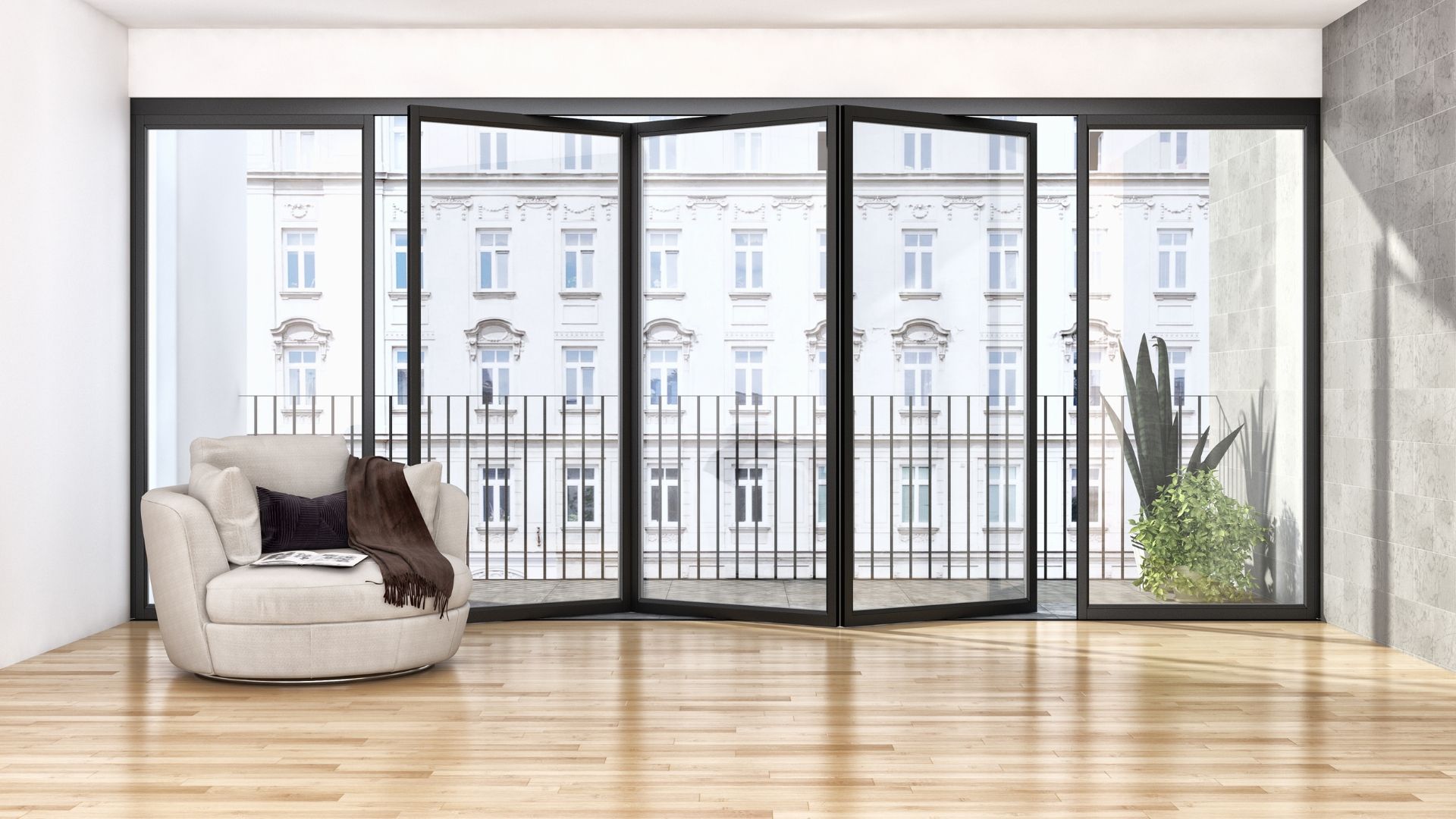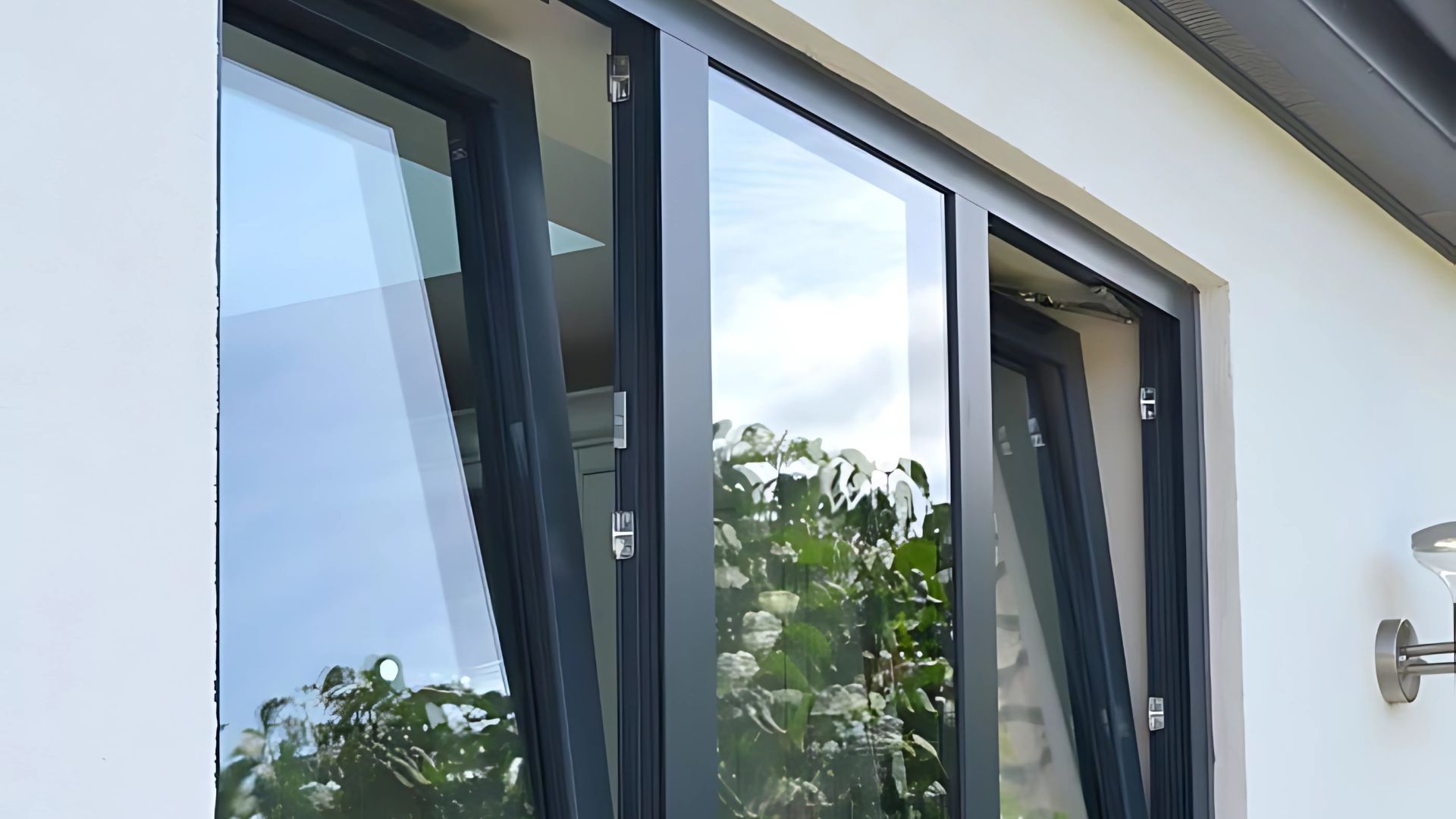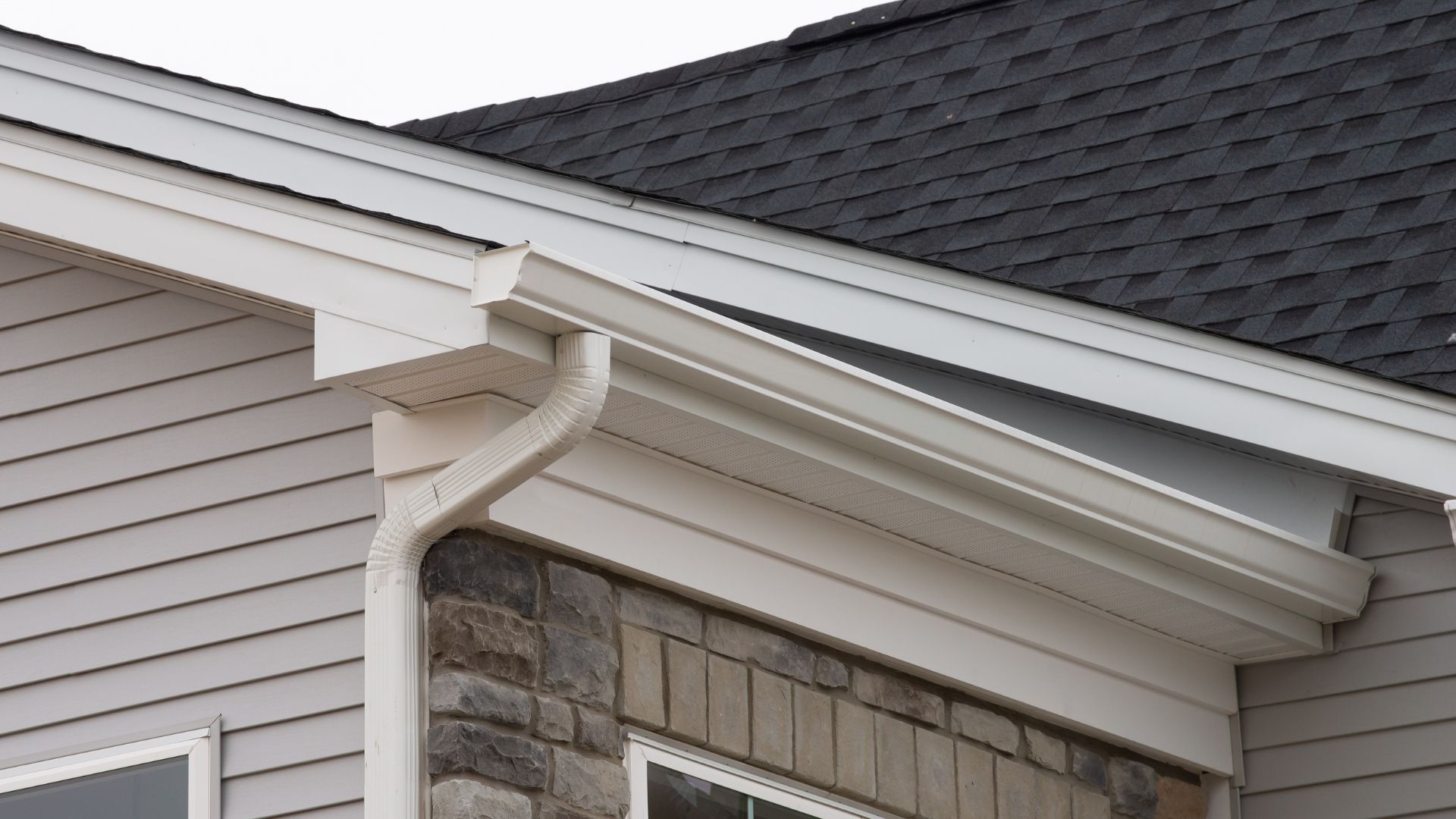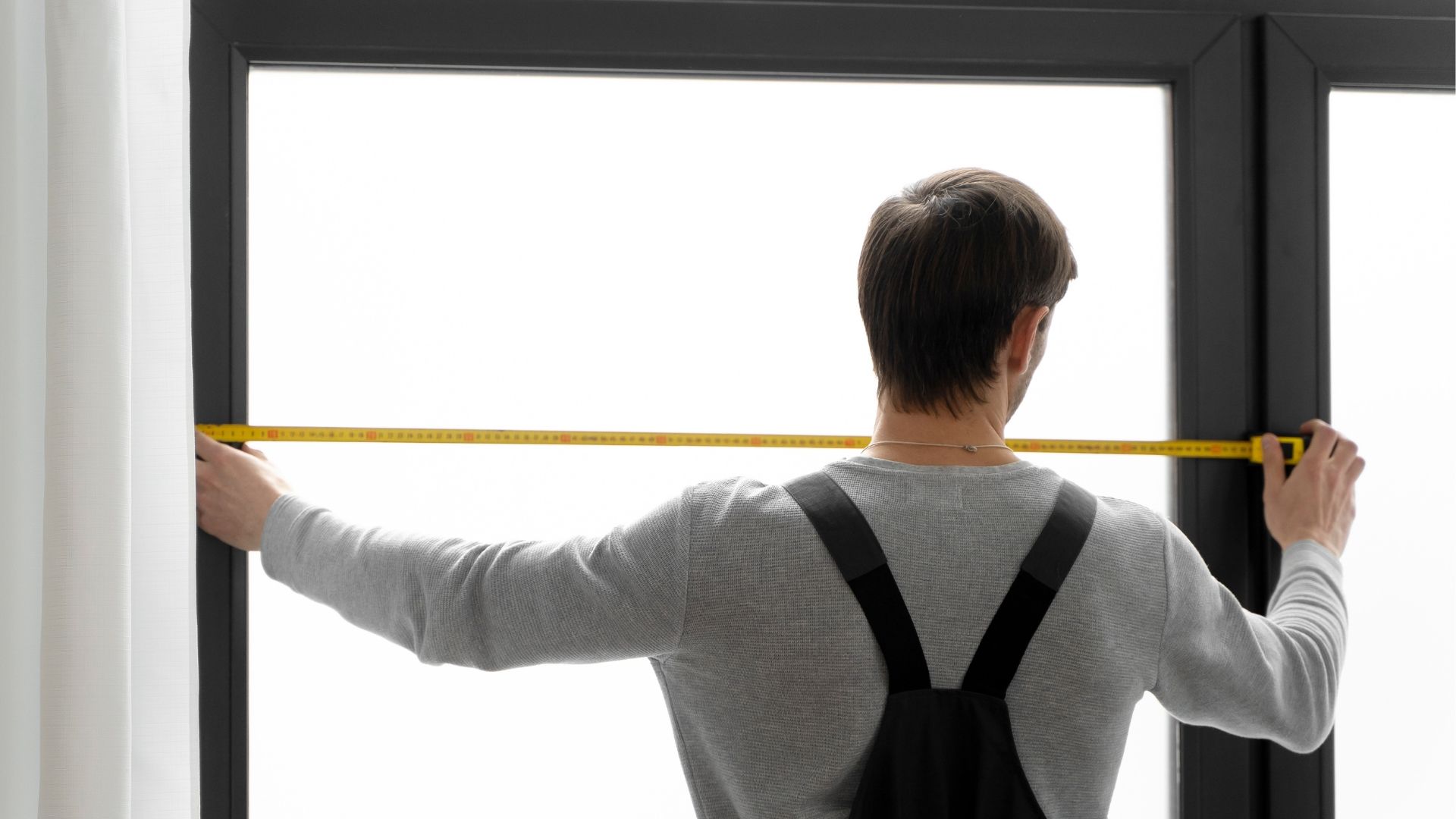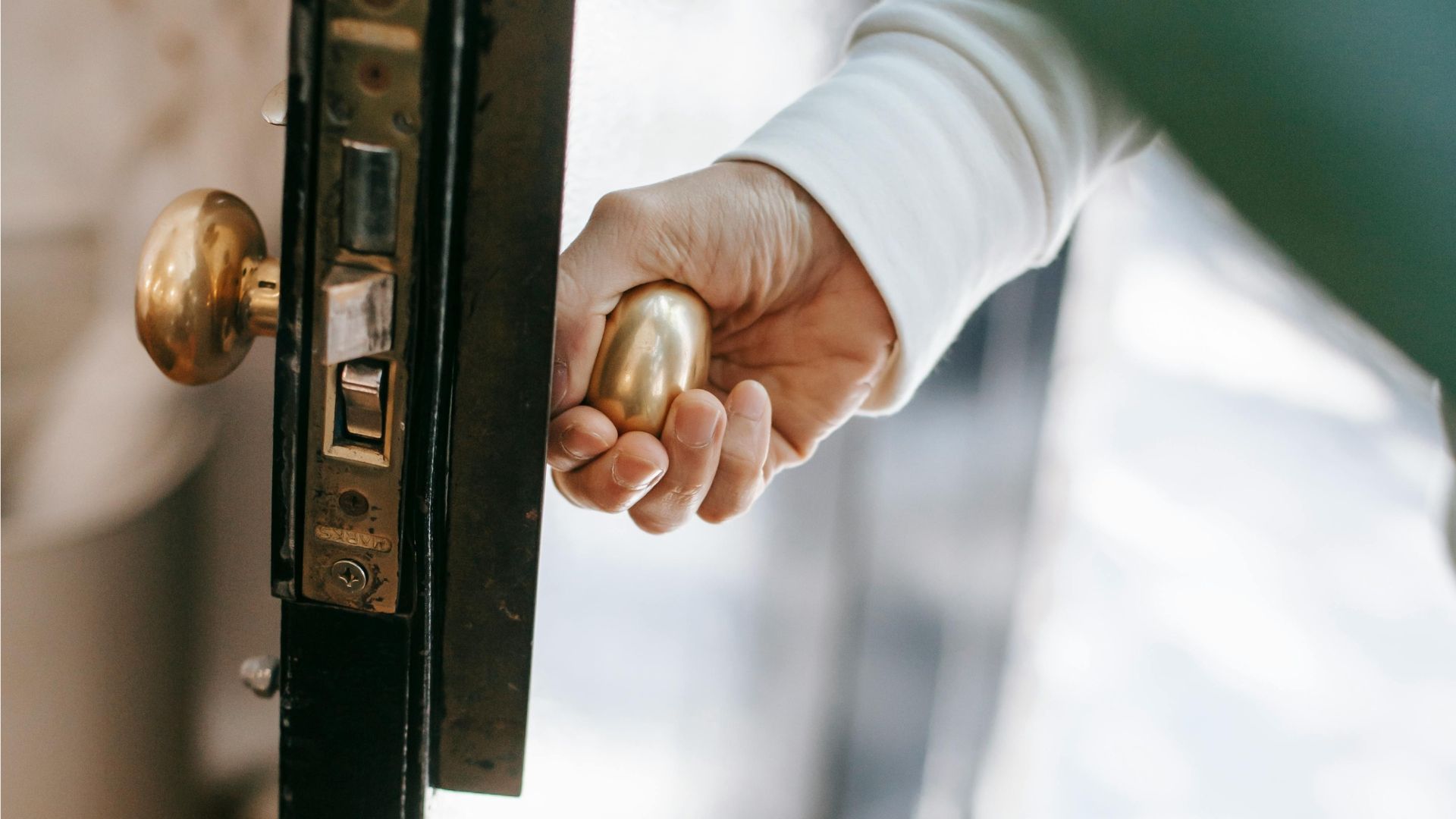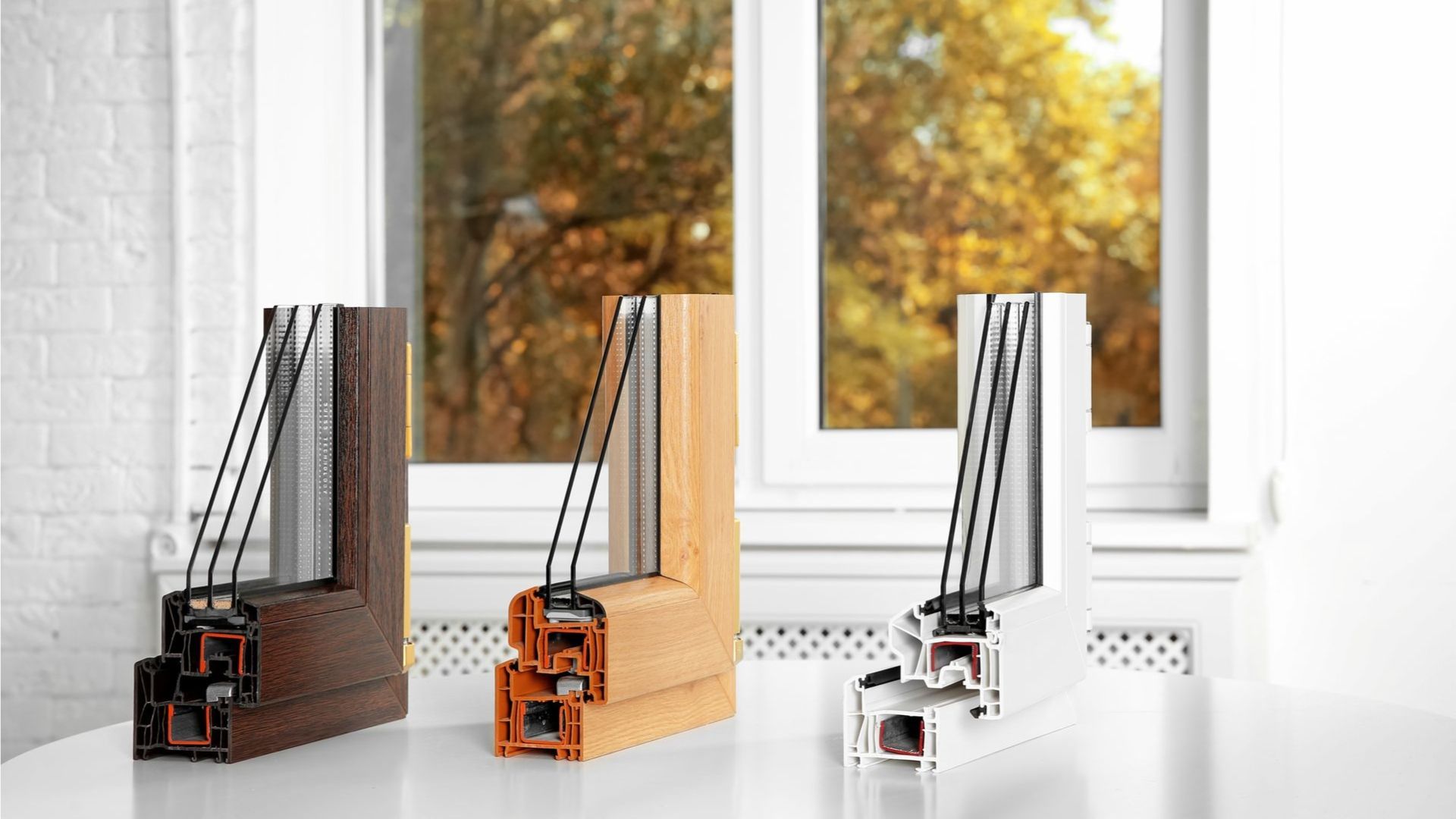Thousands of UK windows are missing (and it's William III's fault)
Home too dark? William III may be to blame. Learn about his window tax and how we can brighten things up.
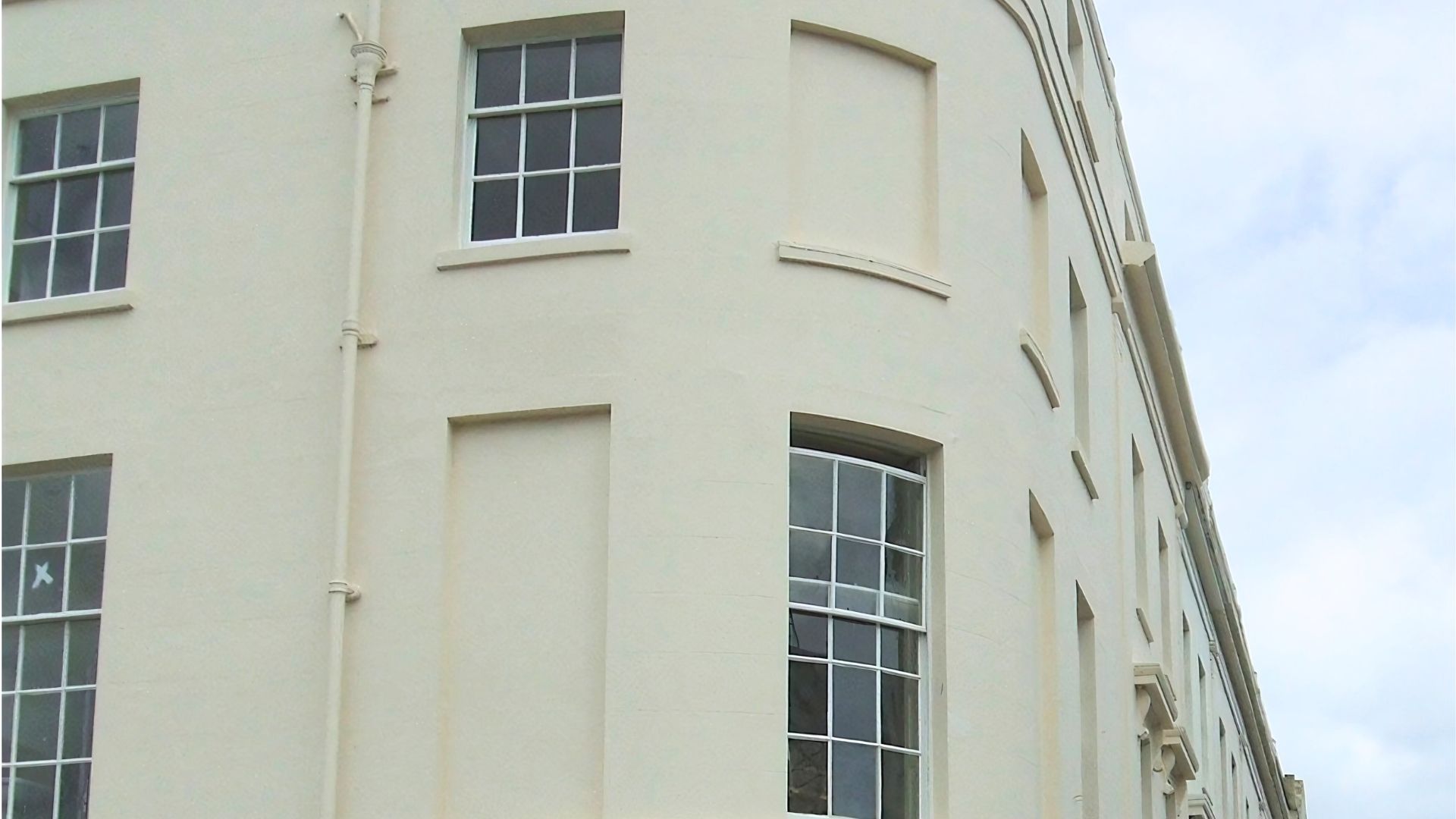
Do you live in an older home? Have you ever been frustrated by the lack of natural light – staring at a solid wall that could have housed an extra window or two?
You're not alone – and you've got one man to blame: King William III. Your lack of light is a direct result of his sneaky little scheme, the window tax. (Unless you live in a new build, of course. Then you can pass that blame onto the developers.)
But back to William. In 1696, desperate to line the royal coffers without causing a public uproar, he introduced what seemed, at the time, like a clever tax scheme.
Income tax was wildly unpopular (nothing changes, does it?) Back then, people weren't just worried about how much they had to hand over to the government. They were also horrified at the idea of telling anyone how much they earned.
Income was private business – and they intended to keep it that way. So, William came up with a way around it. If you can't tax income, why not tax windows?
Taxing light and air
From the perspective of the Crown, it was genius. You could count windows without setting foot inside someone's home. And the wealthier the homeowner, the more windows they'd have – especially in grand country houses designed to show off their status.
So, it was, in a twisted way, progressive taxation… or, at least, that was the pitch.
The tax was split into two parts: a flat-rate house tax of two shillings per property (roughly £17.53 in today's money) and an additional fee based on how many windows you had.
Have more than 10? Pay up. Got over 20? Pay even more. And if you were lucky (or rich) enough to have over 30, the taxman was really interested in you.
Time to brick those windows up
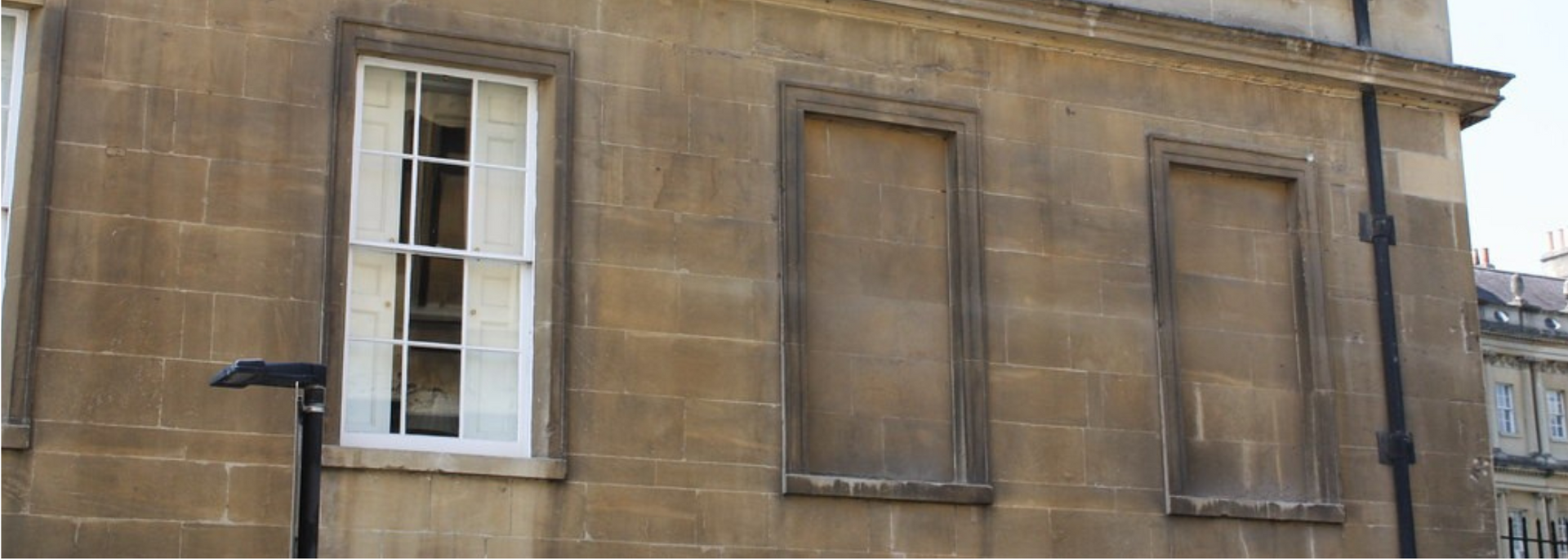
As you can imagine, people weren't thrilled about being taxed for letting a bit of sunshine in. So, in true British fashion, they came up with a workaround: bricking up their windows.
Have you ever wandered down an old street and spotted suspiciously symmetrical bits of wall where windows should be? You may have just found evidence of a tax dodge from 300 years ago.
These bricked-up windows became a symbol of quiet rebellion. Forget storming castles or raising pitchforks. Just get some bricks and some mortar and give William III a metaphorical "get stuffed!"
Daylight robbery
It's often said that the phrase "daylight robbery" was born from the window tax, and you can see why. You're being robbed of daylight, plain and simple.
Though historians will argue about the accuracy of the phrase's origins, it's too good a story not to repeat. Whether or not it's true, it captures how people felt at the time – taxed on their right to light and fresh air. The audacity.
See, while the wealthy could afford to keep their windows (and pay the tax), some poorer households had to choose between daylight and dinner. Many chose darkness. As historian Adam Smith noted, the window tax disproportionately affected the poor and became a rallying cry for reform.
Time to label your cheese room
In 1778, the law was tweaked. The flat-rate tax was scrapped and replaced with a variable window tax depending on property size and location. Poorer households got a bit of relief.
Churches were also exempt, and in an oddly specific twist, cheese rooms were let off the hook, too. The same went for dairies and milkhouses – provided they were properly labelled.
The health crisis: darkness comes at a cost
It wasn't just a matter of dimly lit drawing rooms. Cutting out natural light came with serious health consequences.
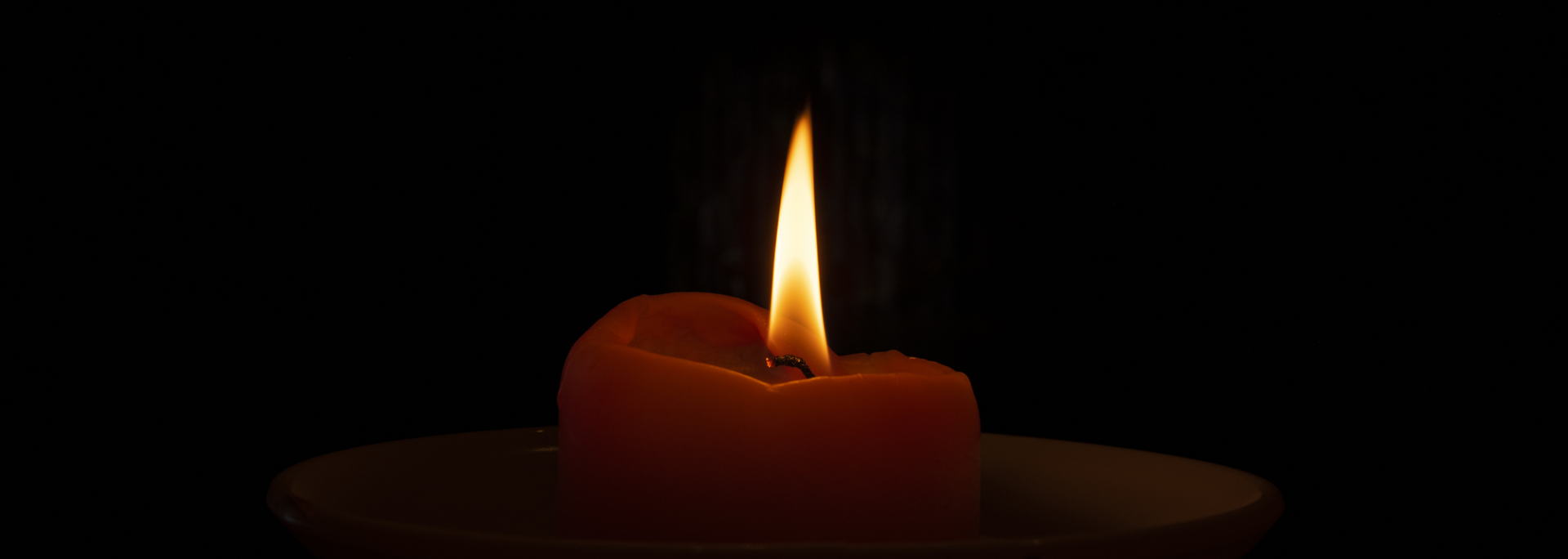
In cramped, poorly ventilated housing, diseases like tuberculosis spread rapidly. Lack of sunlight also contributed to rickets, a disease caused by vitamin D deficiency.
Campaigners began to argue that the window tax was more than unfair – it was dangerous.
The public outcry grew until, finally, the government saw the light. On 24 July 1851, the window tax was abolished in England, Wales, Scotland and Ireland. France, however, decided to keep taxing windows until 1926.
So, what's left behind?
Thanks to the window tax, the architectural legacy of 18th- and 19th-century Britain is full of quirks. That includes bricked-up windows and homes that seem a little gloomier than they need to be.
The next time you're house hunting and wondering why it's a bit dark, it might not be the fault of your estate agent. It could just be that William III is still haunting your property.
And if you live in a home like that, we feel your pain.
Time to let the light back in
At Calder Windows, we believe you shouldn't have to live with the legacy of daylight robbery. Everyone deserves a home filled with natural light without worrying about draughts or sky-high heating bills. Whether you've inherited a house with bricked-up windows or you're just ready for a brighter space, we can help.
We install high-quality, energy-efficient windows that complement both traditional and modern homes. Our expert team can talk you through your options, whether you're after classic sash windows to suit a period property or sleek, contemporary styles to bring your home into the 21st century. And we'll make the process simple, with minimal disruption and competitive quotes.
We can't change history, but we can help you change your windows. Get in touch with Calder Windows today and find out how our window fitting services can bring a little more light into your life.
Get a FREE quote
Are you on the lookout for uPVC window fitters in Wakefield or West Yorkshire? With over 30 years' experience and an extensive range of uPVC windows, we can help. Request a quote today or apply for finance and spread the cost.


